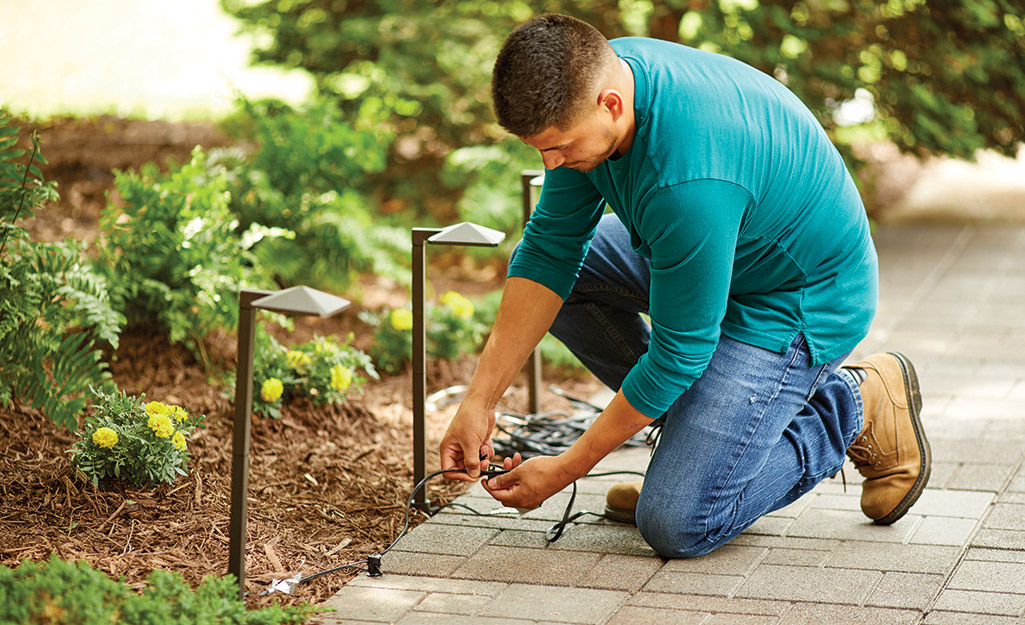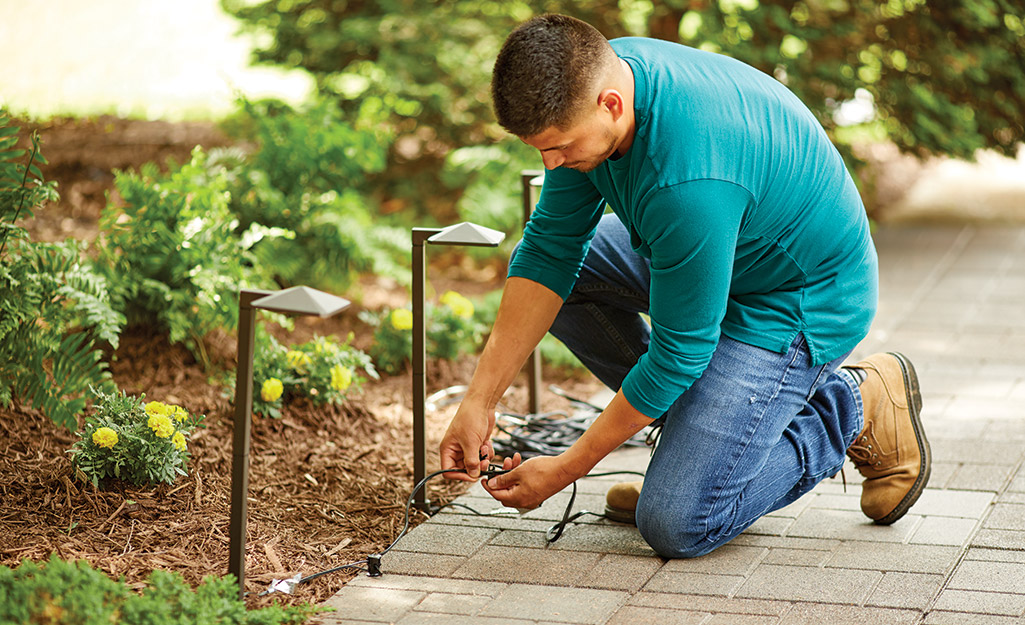Introduction
Welcome to our comprehensive guide on landscape lighting installation. As experts in the field, we understand the importance of creating captivating outdoor spaces that not only enhance the aesthetics of your property but also provide functionality and security. In this guide, we will delve into the intricate details of landscape lighting installation, covering everything from planning and design to installation techniques and maintenance tips.
Planning Your Landscape Lighting
Before diving into the installation process, it's crucial to develop a well-thought-out plan for your landscape lighting. Start by assessing your outdoor space and identifying key areas that you want to highlight or illuminate. Consider the architectural features of your home, such as pathways, trees, shrubs, and flower beds.

Design Considerations
Once you have identified the focal points of your outdoor space, it's time to design a lighting layout that complements the overall aesthetic of your property. Landscape lighting design involves strategically placing fixtures to create visual interest and enhance the natural beauty of your landscape.
Types of Landscape Lighting Fixtures
There are various types of landscape lighting fixtures available, each serving a specific purpose and adding unique elements to your outdoor space. Some common types of fixtures include:
1. Path Lights
Path lights are ideal for illuminating walkways, driveways, and garden paths. These fixtures not only enhance safety by illuminating pathways but also add a touch of elegance to your landscape.
2. Spotlights
Spotlights are perfect for highlighting focal points such as trees, statues, or architectural features. These fixtures can create dramatic effects and draw attention to specific areas of your outdoor space.
3. Floodlights
Floodlights are powerful fixtures that provide broad illumination, making them suitable for lighting up large areas such as gardens, patios, and outdoor entertainment spaces.
4. Deck and Step Lights
Deck and step lights are designed to illuminate stairs, decks, and other elevated surfaces, enhancing safety and visibility in these areas.
Installation Techniques
Now that you have a plan in place and have selected the appropriate fixtures for your landscape lighting project, it's time to tackle the installation process. Here are some installation techniques to help you achieve professional results:
1. Map Out Your Lighting Layout
Before installing any fixtures, carefully map out your lighting layout using stakes or spray paint to mark the placement of fixtures and wiring.
2. Choose the Right Wiring Method
Select the appropriate wiring method based on the layout of your landscape and the location of power sources. Options include direct burial cable, conduit, or low-voltage wiring.
3. Install Fixtures Properly
Ensure that fixtures are installed securely and positioned at the correct angles to achieve the desired lighting effects. Follow manufacturer guidelines for installation and use appropriate tools and equipment.
4. Test the System
Once all fixtures are installed, test the lighting system to ensure that each fixture is functioning correctly and producing the desired illumination.
Maintenance Tips
To keep your landscape lighting system in optimal condition and prolong its lifespan, regular maintenance is essential. Here are some maintenance tips to follow:
1. Clean Fixtures Regularly
Remove dirt, debris, and any buildup from fixtures to prevent corrosion and maintain optimal performance.
2. Check Wiring Connections
Inspect wiring connections periodically to ensure they are secure and free of damage or corrosion.
3. Trim Overgrown Vegetation
Trim back bushes, shrubs, and trees to prevent foliage from obstructing light fixtures and interfering with illumination.
4. Replace Bulbs as Needed
Monitor the condition of bulbs and replace any that are dim or burnt out to maintain consistent illumination throughout your landscape.
Conclusion
In conclusion, landscape lighting installation is a valuable investment that can transform your outdoor space and enhance its beauty, functionality, and security. By following the tips and techniques outlined in this guide, you can achieve professional results and create a captivating outdoor environment that you can enjoy for years to come.






Comments